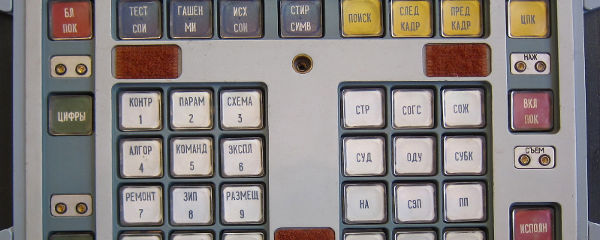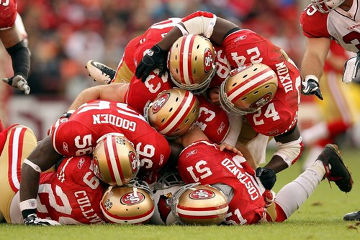What I’ve Learned:
“Nucleation: Once you start, you REALLY can’t stop.”
Everybody has to start somewhere. If you’re a corporate lackey, you start at the bottom. If you’re a gravedigger, you start at the top. And if you’re a phase transition, you start with nucleation.
Phase transitions are the change of a substance from gas to liquid, or from liquid to solid. But transitions don’t magically happen everywhere at once; you never see a swimming pool full of water freeze in an instant.
Not outside of a Vegas Penn and Teller show, anyway. Preferably with David Blaine chained down in the deep end.
Instead, the process — in this case, the formation of ice crystals — starts in one or more places called nucleation sites. In pure substances, these sites may occur randomly; where materials are mixed or in an irregular container, the nucleation sites usually form where different surfaces meet. Like by a leaf floating in the swimming pool. Or the tip of David Blaine’s nose. Just for instance.
Once formed, the nucleation sites provide an anchor for the transition process. That process speeds up, piling onto the sites like tacklers on a running back, until the entire team is on the pig pile and the system comes back into equilibrium. In the example above, that would be when all the water on the surface that’s cold enough has frozen into solid ice. Or when they fish the David Blaine-cicle out with a pool noodle.
The magic-but-actually-science of nucleation is not limited to freezing water, however. It’s also a crucial part of other natural processes, like crystallization, cloud formation and elongation of biological polymers like actin filaments. Some quantum cosmologists have even hypothesized that our entire universe is the result of a sort of bubble nucleation in the vacuum of whatever it is that lies outside the universe we observe.
(My guess for what’s out there? That girl from the Wendy’s commercials. Because she seems to be every-fricking-where else these days.)
Speaking of bubbles, a lot of people have been having fun with nucleation, possibly without realizing it. The key to the explosive foaming mess you can make by dropping a Mentos candy into a bottle of diet soda is indeed nucleation. Small pores in the Mentos allow bubbles of gas from the soda to form, which attract more bubbles and more bubbles — and they tell two friends, and so on and so on until there’s foam all over your kitchen and mom’s asking why there’s half a dissolved mint embedded in the ceiling.
Of course, bubble nucleation doesn’t require all those theatrics to be useful. Microscopic irregularities in champagne glasses nucleate those nose-tickling bubbles in the bubbly everyone loves. Nucleation also explains why it’s harder to pour a beer into a used glass without foaming up the place; the remnants of the previous pint’s suds provide sites for bubble-making that a fresh clean glass would not.
So that’s nucleation in a nutshell. It’ll help you pour a good beer, it makes Mentos much more interesting, and it might help us get rid of David Blaine. Honestly, what more could you ask of science?



